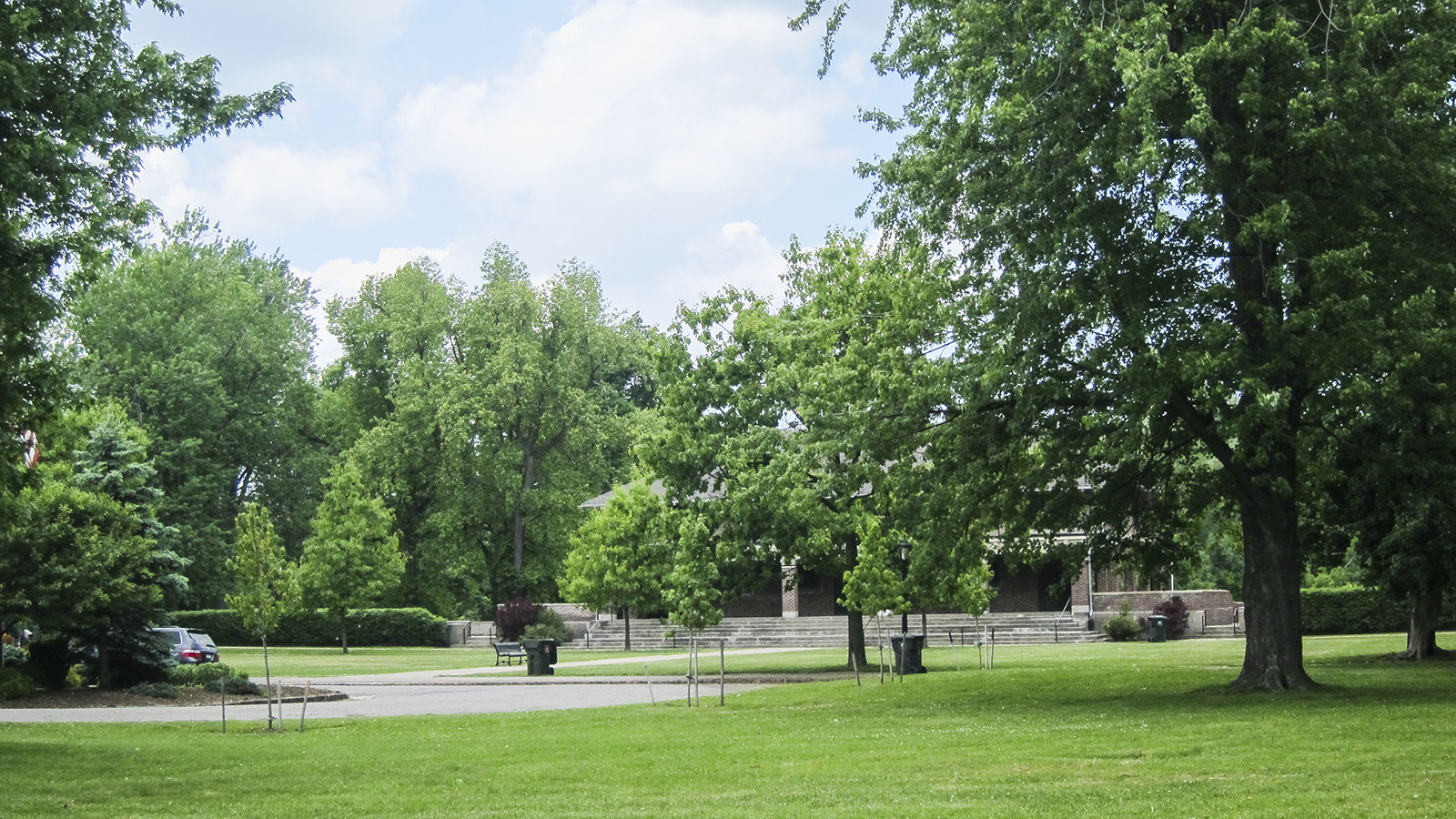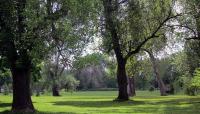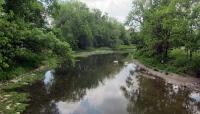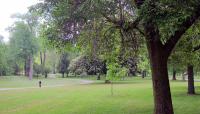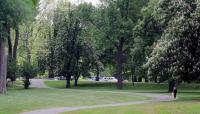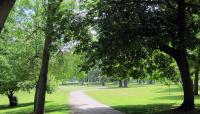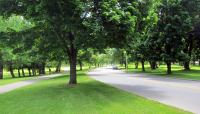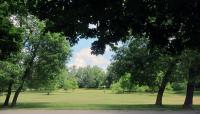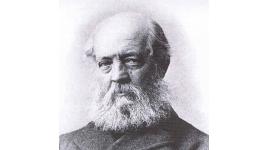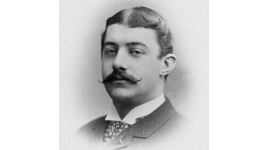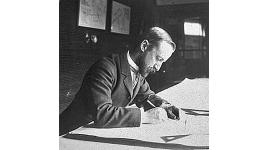Landscape Information
In 1888 F.L. Olmsted & Co. was asked by the City of Buffalo to recreate the success of the northern park system in the developing southern part of the city. Eschewing Olmsted’s plan for a single lakefront park, the park commissioners purchased two inland sites in 1891, the smaller of which would become Cazenovia Park. These 76 acres of low, fertile land straddling Cazenovia Creek had previously housed a village of the Seneca Tribe’s Buffalo Creek Reservation, ceded by treaty in 1842. Responding to problematic seasonal flooding, Olmsted’s revised plans developed between 1892 to 1896 proposed the damming of the creek to create a twenty-acre lake with three islands and a boathouse overlooking the water from the north. Accessed by a carriage concourse, the boathouse was backed by a grove of trees enclosing a shallow amphitheater for concerts. A figure-eight carriage drive wound through the park, supplemented by pedestrian pathways. The park was extended upstream by 30 acres in 1907, and again by 80 acres in 1925 for the creation of a nine-hole golf course designed by golf course architect Seymour Dunn. Following decades of siltation issues, the lake was drained in 1965 and trees allowed to grow in the alluvial soils.
Some 190 acres encompass stands of mature trees on gently rolling meadows cut through by Cazenovia Creek. Newer growths of willow and poplar have taken root in the alluvial soil of the former lake. Along with athletic fields scattered throughout the park, community amenities include an indoor pool, community center, library, and ice rink concentrated along the park’s western edge. The two-lane Warren Spahn Way winds through the park along the route of the former carriage drive, ending at Red Jacket Parkway, which connects to the southern park system. The park’s shelter house (ca. 1902) was restored in 2016. Cazenovia Park is a contributing feature of the Olmsted parks and parkways listed in the National Register of Historic Places in 1982. In 2004 the maintenance and operation of the park system was ceded to the Buffalo Olmsted Parks Conservancy.




